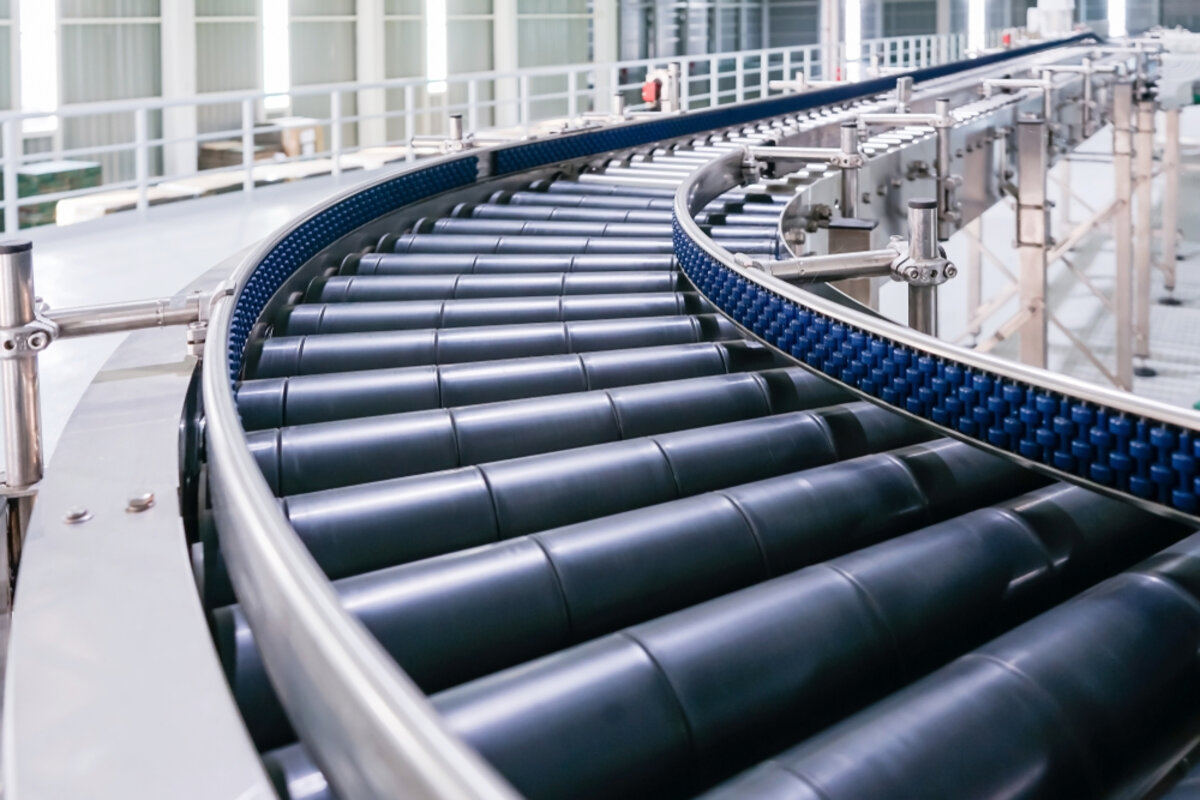In the complex world of industrial operations, pan conveyors serve as the unsung heroes, quietly and efficiently moving materials from one point to another. They come in various forms, each designed for specific applications and handling different types of materials. This versatility makes them an indispensable asset in several industries, including mining, construction, and manufacturing. However, understanding the differences between these types and their unique features can be a daunting task.
That’s where we come in. In this comprehensive guide, Lindberg Process Equipment will delve deep into the world of pan conveyors, taking you through the different types, their uses, and how they can optimize your operational efficiency. Whether you’re a seasoned industry professional or just starting your journey, this guide will give you valuable insights into the dynamic world of pan conveyors. So let’s get started.
The Fundamentals of Pan Conveyors
Before we delve into the different types of pan conveyors, it’s essential to understand what they are and why they’re so vital in industrial operations. Pan conveyors are robust and durable machines designed to transport materials—often bulk goods—across short to medium distances. They’re named after the ‘pans’ or ‘trays’ that constitute the moving parts of the conveyor, which carry the material from one end to the other.
Pan conveyors are preferred in industries where the materials being handled are heavy, hot, or abrasive, and where other conveyor types might not be suitable. These machines are praised for their robustness, reliability, and the ability to work under harsh conditions. They can handle large volumes of materials, making them ideal for high-capacity operations.
One of the key advantages of pan conveyors is their flexibility. They can be designed and configured to suit specific operational needs, including changes in elevation and direction. This allows them to be used in a wide range of applications, from mining operations to power plants and more.
Exploring the Different Types of Pan Conveyors
 Now that we’ve established what pan conveyors are and their fundamental role in various industries, let’s delve into the different types available.
Now that we’ve established what pan conveyors are and their fundamental role in various industries, let’s delve into the different types available.
Hot Material Conveyors
These are designed to transport high-temperature materials such as hot clinkers in cement plants. They feature heat-resistant components and a cooling section to help manage the high temperatures.
Cooling Conveyors
These are used in processes where materials need to be cooled down during transport, for instance, in food processing or chemical industries. They come with specialized features like cooling tunnels or jackets that circulate coolants around the pans.
Dosing Conveyors
Equipped with a weighing rail, these conveyors are designed to deliver precise amounts of materials to specific points along the production line. They are often used in applications that require careful control over material flow, such as in pharmaceutical production or food processing.
Deep Pan Conveyors
These conveyors have deeper pans and are typically used for transporting large volumes of bulk materials. They’re commonly found in industries like mining, where they move materials like coal or ores.
Apron Conveyors
These conveyors use overlapping pans, creating a sort of ‘apron’ effect. They’re used when the material being transported is particularly heavy or when it needs to be protected from the environment during transport.
Each type of pan conveyor brings its unique capabilities to the table, making them suitable for a variety of applications across different industries. By understanding the differences and capabilities of each, businesses can make informed decisions about which type will best serve their operational needs.
Choosing the Right Pan Conveyor for Your Operation
Choosing the right pan conveyor for your needs involves understanding the specific requirements of your operation, such as the type of material to be transported, the volume of material, the environmental conditions, and the necessary transport distance and direction.
But remember, the choice doesn’t end with selecting the right type of conveyor. It’s equally important to work with a reliable supplier who can provide quality equipment and ongoing support to ensure your conveyor system operates optimally and lasts for years to come.
Are you ready to explore the benefits of pan conveyors for your operation? Contact Lindberg Process Equipment today for expert advice and guidance on choosing the best conveyor system for your needs. Let’s pave the way for a more efficient and productive future together!





